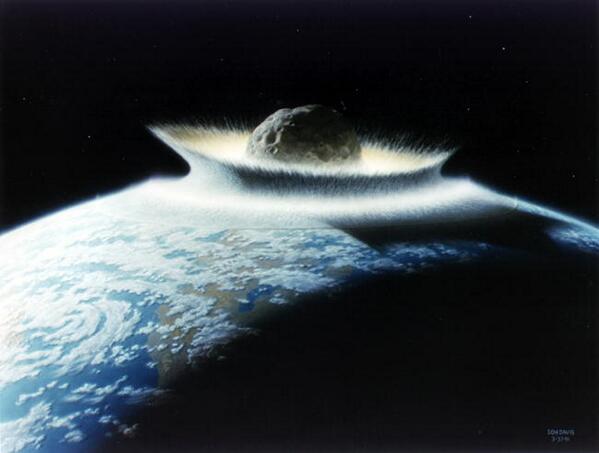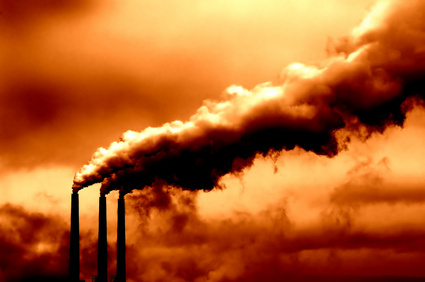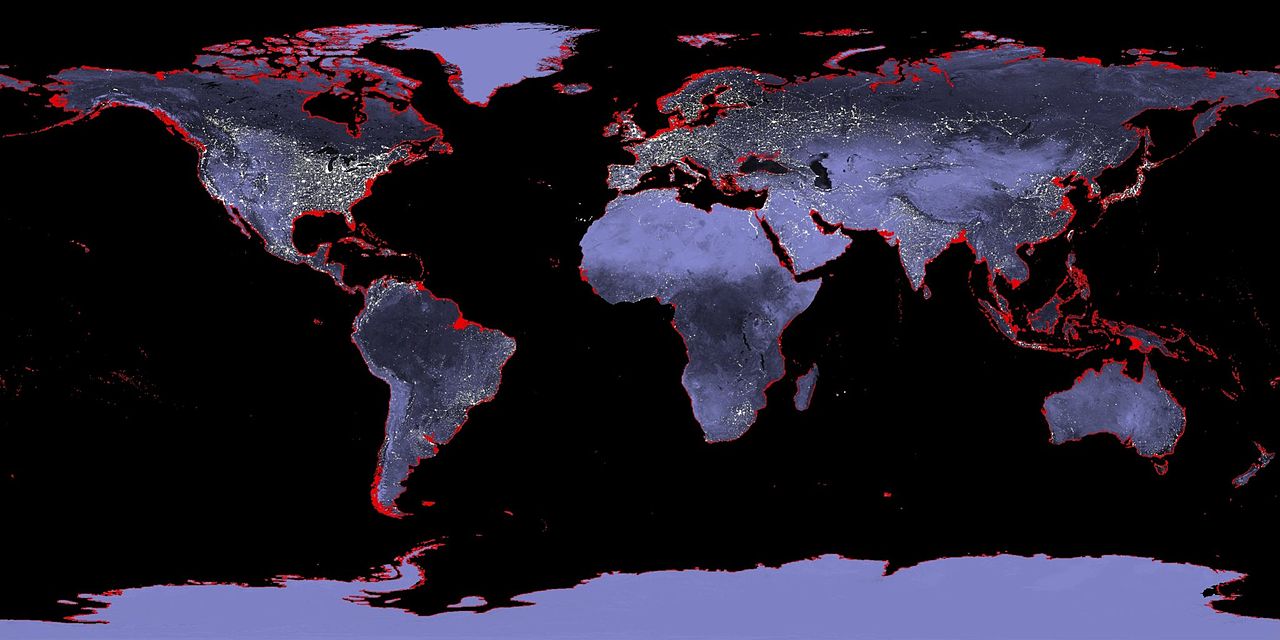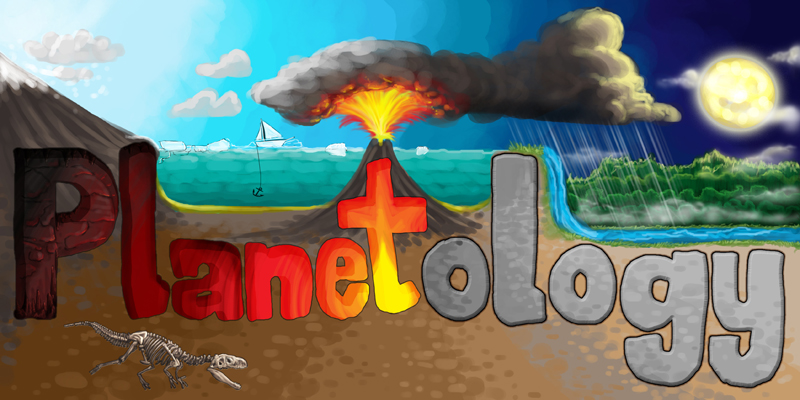Natural disasters
Article curated by Johanna Blee
Earth, air, fire, and water – once believed to be the four elements from which all things were made, they all one thing in common: under the right (or wrong) circumstances, they can cause immense damage and loss of life.

Earth
The scale of earthquakes can vary massively. Some are only a tremor, while others result in a whole city being decimated. Different quakes require different preparation. The ability to predict the number, exact location and severity of an earthquake can not only save lives, but also prevent the hassle of overpreparation in less serious cases. Unfortunately, current forecasts of earthquakes are inaccurate and last minute. The only knowledge we have to help us make predictions is our knowledge of previous earthquakes. Geologists are still searching for indicators of earthquakes, measuring seismicity, strain and radio emissions in the hope they could help us identify some properties of upcoming earthquakes. AI has been put onto the case, studying seismic waves to predict earthquakes in advance, including their positions and severity. It hasn't managed this yet, but it has brought response times forward.


Are earthquakes more likely during a full moon? What about during a supermoon? The moon exerts a significant visible effect on the water that covers so much of the Earth's surface – creating tides. Tides are greatest during a new moon[1]. As such, it's logical to question whether the moon's gravity affects the molten rock beneath. To find out, scientists are tracking the frequency of earthquakes (of any size) and comparing them to the position of the moon, looking at whether there's any pattern in the number or magnitude of earthquakes throughout the lunar cycle. In April 2016, Professor Satoshi Ide from the University of Tokyo's Department of Earth and Planetary Science concluded that large earthquakes are more probable during periods of high tidal stress
[2], but this is still a matter of debate.
Learn more about /structure of the earth.

 2
2
Before it plateaus, our worldwide food demand is expected to rise by 60%. But there remains only a limited amount of land, and less of it will be good for farming as the climate worsens. So scientists are looking at alternative methods for producing food. Will we produce enough? While some are trying to look for new ways to increase efficiency and yield of crops, others have taken an entirely new approach: 3D printing has successfully been used to print food, and some believe this combined with synthetic biology could be the only solution. One thing's for certain: we use disproportionate quantities of land for cattle, and something has got to change (diets, intensity of farming?) to make the food industry sustainable.
Learn more about Food Crisis.

 3
3
Learn more about Toxic Climate: how climate change changes pollution.


 2
2Air
When it comes to air, we tend to think about extreme weather. Like hurricanes. Hurricanes are very mysterious, and there's lots we still don't know about them. One of the most important things is the intensity of the hurricane and how this changes throughout its lifetime. This, along with the route the hurricane takes, are the factors that interest forecasters most.
At the moment, it isn't clear how the intensity of a hurricane changes and it's not easy to measure them either, because hurricanes are quite inhospitable places for men and machines alike. One approach scientists use to find out more about hurricanes is studying them on other planets. On these planets, lots of factors like the presence of cities can be taken out of the equation. On Saturn, stationary hurricanes have been monitored, which, unlike Earthbound hurricanes, don't experience land and sea transitions, telling us something new. Scientists continue to study hurricanes and try to work out more about them.
Learn more about Hurricane intensity.


 3
3Perhaps the biggest natural disaster of all time is the slowest: global warming. Whilst there have been natural variations in earth’s temperature throughout history (for example, the ice ages), the earth’s surface temperature has risen rapidly recently due to anthropogenic activities – mostly, burning fossil fuels.
As we burn fossil fuels and release unprecedented volumes of greenhouse gases like carbon dioxide into the atmosphere, we increase the amount of radiation bounced back down towards earth, and surface temperatures soar. The mechanism is simple, so shouldn't predicting what happens next be just as simple? It seems not.
The amount of gas produced doesn't have a simple relationship with future effects. This is partly because build up is slow, and partly because a change in temperature may change other factors, such as the amount of ice on earth or ocean currents, which in turn will have further impacts on the temperature. This process makes models very difficult to develop, and scientists are unsure of the magnitude and seriousness of climate change effects. It's possible temperature changes could even lead to massive disasters, including our extinction. Scientists are still working on the models.
Learn more about /geoengineering.


 4
4

Learn more about /keystone species.


 4
4Lightning can also profoundly affect the atmosphere. The amount of nitrous oxide pollutants out there in the atmosphere is not known. This is mainly because we’re not the only source of it, and gases are difficult to measure – they’re free, often invisible, and move and mix in three dimensions at a speed of around 500 m/s.
Nitrous oxides are leached by the ocean, and released by animals when they digest plants, but atmospheric chemists blame lightning as a major source (although probably not as much as burning fossil fuels!), and guess that it might contribute as much as or 8.6 million tonnes a year[4] – though estimations do vary: we don’t really know how to measure lightning energy.
We do know it takes a lot of energy to get nitrogen and oxygen to react, though. Both form stable molecules that together make up 99% of our atmosphere. It costs the same energy to make 1 kilogram of NO from oxygen and hydrogen as the energy needed to prepare 23 mugs of tea. That means that 8.6 million tonnes is 197,800,000,000 mugs of tea, or nearly 3 and a half years of tea drinking across the whole of the UK (and we love our tea).
Fossil fuels may lead to the formation of nitrous oxides near the earth’s surface, but 3-8 miles higher up, in the troposphere, lightning is response for nearly all the nitrous oxides. Up there, these oxides undergo chemical reactions that lead to the accumulation of the ozone layer and increasing global temperatures. This essentially means that the health problems associated with nitrous oxides are our fault, and the contribution to climate change may be safely blamed on lightning. Because nitrogen oxides near the earth’s surface react with things on the earth (to cause health problems, say), they don’t really make it up to the troposphere.
What are nitrous oxides?
Nitrous oxides, NOxs, are compounds containing nitrogen and oxygen. When we talk about them in terms of pollution, we mostly mean NO2 – and sometimes NO too. These two compounds contribute to acid rain, smog (which harms our respiratory health and may aggravate heart disease), numbers of insect pests, and tropospheric ozone (which is bad for our health as well as a greenhouse gas).
Ozone is actually made by nitrous oxides, which react with organics in the presence of sunlight, especially higher up in the atmosphere. Although the amount of NOx out there is less than 0.1% of the amount of CO2, it is 200 or 300 times better at trapping heat and has the longest lifetime of all greenhouse gases – up to 150 years!
Lightning and climate change show a positive feedback effect – the hotter it gets, the more lightning, and the more lightning, the more ozone, so the hotter it gets...[5]. Lightning strikes are on the increase, just like other temperature-driven extreme weather events, such as rainfall.
Learn more about /lightning.


 3
3
A supervolcanic eruption could, unsurprisingly, have devastating effects for most of us, and a large enough one lead to our extinction. Perhaps more surprisingly, this isn't because of its direct effects, but because when a volcano erupts, it projects huge amounts of ash, dust and carbon dioxide into the atmosphere. A supervolcano could put out enough dust debris to shut off photosynthesis, killing off plants, impacting food chains, and leading to mass extinctions, not to mention massive volumes of CO2, which make for accelerated climate change, loss of habitats, extreme weather events, and loss of extremophiles.
Scientists can tell us about supervolcanoes from the past, but none of these past sites show signs of any new activity. As of yet, we haven’t been able to find any large magma chambers that would indicate a potential future supervolcano. Perhaps this is because there aren't any looming eruptions, or maybe we just haven’t found them yet! Another, more worrying, suggestion is that they develop rapidly and erupt quickly. For the moment, geophysicists continue the search for these potentially disastrous magma chambers.
Learn more about /volcanoes.

 3
3Fire
Of course, volcanoes don't just affect the atmosphere. Volcanoes are terrifying and awe-inspiring things, and the power of their eruptions can have very wide ranging effects which, in the biggest eruptions, may even be felt across the world. Eruptions can result in the ejection of huge volumes of hot magma, which cause sea water to boil, and melts rocks.
We have a good understanding of the basics behind vulcanism, but volcanoes still hold a lot of mystery for us and their dangerous nature makes studying them difficult. There is no way to predict how soon an eruption will happen – or whether one will even happen at all. Sometimes, volcanoes go through periods of increased activity before settling back down, and then don't erupt for tens or even hundreds of years. In other cases, the warning signs will only start appearing days before a massive eruption. This leads to huge problems both for the scientists trying to predict eruptions, and for the politicians responsible for deciding when to evacuate people. Possibly because volcanic soils tend to be especially fertile, many cities and villages exist perilously close to active volcanoes. Volcanoes can be surprisingly sneaky, and the problem also extends to discovering new volcanoes.
When it comes to the nitty gritty details, scientists also aren't sure how hotspot volcanoes form. Some scientists think that hotspot vulcanism is caused by plumes of magma from an unusually hot region of the mantle rising up to the surface. As the tectonic plates move slowly, this leads to chains of volcanoes leading away from the hotspot. On the other hand, other scientists hypothesise that they are caused by extensions of the lithosphere instead – a fundamental plate tectonic process controlling the collapse of mountain belts, the break up of continents and the formation of new oceanic basins. Observations of future eruptions may perhaps lead to the answer, which may in turn help create a fuller picture of mantle convection.
Another volcano mystery is in how convection currents work, which appear when the hottest magma rises to the top of the mantle, cools, and sinks back down again in a cyclic motion. Some think the currents act in two or more layers, whilst others think they act over the whole mantle. Observations of volcanoes have led to the suggestion of a dual-layer system within the mantle. This theory is also supported by evidence from earthquakes. However, tomographic imaging techniques give a picture that strongly argues for just a single layer.
Learn more about /extinction.

 2
2
Another fiery disaster is asteroid strikes. A large asteroid collision is thought to have been responsible for the extinction of the dinosaurs. It is also listed as one of the "most likely way our world will end", although an asteroid with the potential to seriously impact the earth would have to be pretty massive. This should mean we can spot a potential target early enough to have significant warning, but even if we do, is there anything we could actually do to prevent the collision? Scientists are currently working on ways to deflect the path of the target, but continue to debate the best method.
Learn more about Asteroid Collisions.

 2
2
Water
In the 1980s, scientists first realised tsunamis could be generated by earthquakes, and now theorise that undersea volcanoes may be a significant contributor to tsunamis – but there aren't yet many detailed studies of them. Tsunami earthquakes happen at relatively shallow depths in the ocean and, despite what you might expect, they don't have to be particularly powerful. The resulting waves, sometimes up to ten metres when they hit the shore, can result in widespread devastation and loss of life. Today, scientists have established a network of seismometers around the world that enables them to detect even the smallest earthquakes and identify the location at which it occurred, but the exact details of the link between earthquakes and tsunamis remains a mystery.

 2
2With the advent of climate change, extreme weather events are likely, including increased annual rainfall, ice melt and, inevitably, flooding. Nevertheless, how rainfall will increase with climate change is unknown, and scientists are finding modelling it complicated. Models mainly suggest that even if global rainfall increases, dry areas may become drier.
Learn more about Rainfall Predictions.

 4
4
Meanwhile, rising sea levels can cause problems from habitat loss to the loss of farmable land. As many plants end up underwater, this could limit the amount of photosynthesis taking place, allowing CO2 levels to rise and climate change to be exacerbated, causing the melt of more ice and evaporation of more surface water, in turn bringing higher rainfalls. Models may help scientists to predict how many homes may be at risk from sea levels rising – but only, of course, once we've agreed on the model.

 3
3This article was written by the Things We Don’t Know editorial team, with contributions from Ed Trollope, Jon Cheyne, Ginny Smith, Johanna Blee, and Rowena Fletcher-Wood.
This article was first published on 2021-09-29 and was last updated on 2021-09-29.
References
why don’t all references have links?
[1] Tamrazyan, G,P., (1968) Principal regularities in the distribution of major earthquakes relative to solar and lunar tides and other cosmic forces. Icarus 9(1-3):574-592. doi: 10.1016/0019-1035(68)90050-X.
[2] Ide, S., Yabe, S., Tanaka, Y., (2016) Earthquake potential revealed by tidal influence on earthquake size–frequency statistics. Nature Geoscience 9(11):834-837. doi: 10.1038/ngeo2796.
[3] Jobling, Susan, et al. Widespread sexual disruption in wild fish. Environmental science & technology 32.17 (1998): 2498-2506.
[4] Joel S. Levine; Tommy R. Augustsson; Iris C. Andersont; James M. Hoell Jr. & Dana A. Brewer (1984). Tropospheric sources of NOx: Lightning and biology. Atmospheric Environment. 18 (9): 1797–1804. doi:10.1016/0004-6981(84)90355-X.
[5] Romps, David M., et al. Projected increase in lightning strikes in the United States due to global warming. Science 346.6211 (2014): 851-85.
Recent natural disasters News
Get customised news updates on your homepage by subscribing to articles













